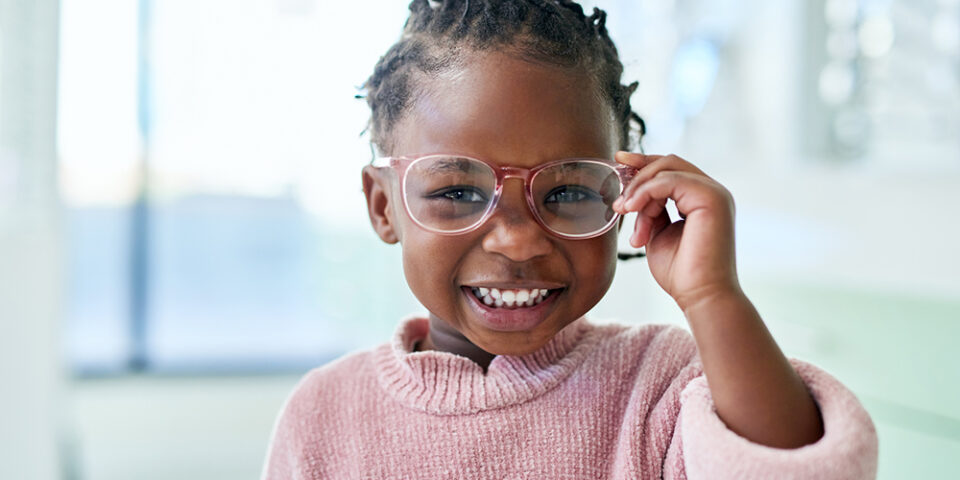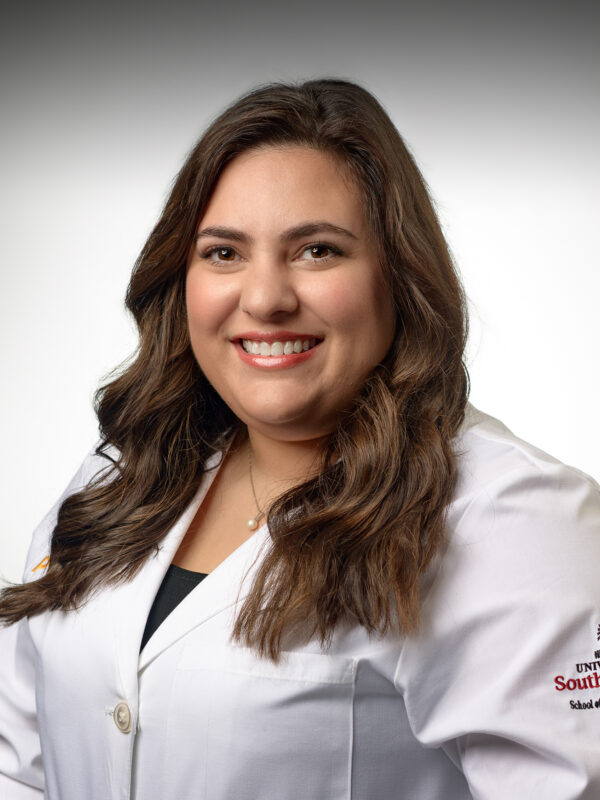Can nearsightedness be prevented in children?
Nearsightedness, also known as myopia, is one of the most common reasons for someone to wear vision-correcting glasses in their everyday life. Does being nearsighted run in families? Is it normal to be nearsighted, and can myopia be prevented?
Optometrist Moriah Zuckerman, OD, answered common questions about myopia.
What is myopia?
“Myopia is a progressive, irreversible disease where the main symptom is the inability to see objects at a distance clearly,” said Dr. Zuckerman. “With 42% of children aged 5 to 19 being nearsighted, it’s now a prevalent enough problem to be considered an epidemic according to a recent study.”
By the year 2030, half the population of North America may be myopic. Myopia is more than just being nearsighted. It also comes with higher risks for other eye-related diseases like glaucoma, retinal detachment and myopic maculopathy.
Is nearsightedness passed down through families?
“There is definitely a genetic component to myopia,” said Dr. Zuckerman. “Of course, even if neither parent has myopia, there’s still a 1 in 4 chance their child will be myopic. If a parent does have myopia, the risk increases to 1 in 3, or even 1 in 2 if both parents are myopic.”
Can myopia be prevented?
“Lifestyle plays a key role in minimizing the chances of a child developing nearsightedness,” said Dr. Zuckerman. “Limit reading and playing on digital devices, avoid reading in poor lighting and try to get outside, or have your child go outside, for a minimum of two hours a day to help prevent nearsightedness in the future.”
Will my child’s vision change as they grow?
“Our eyes absolutely do change as we age,” said Dr. Zuckerman. “The eye grows in length as a child grows. Those that grow to be longer in length have more nearsightedness, while eyes that grow to be shorter in length have more farsightedness.”
Vision changes are common throughout childhood, adolescence and into early adulthood.
What can I do to protect my child’s vision?
“One of the best things you can do is have their eyesight tested. Early intervention and monitoring a high-risk child’s vision early on is key,” said Dr. Zuckerman. “The American Academy of Ophthalmology recommends infants have their first comprehensive eye exam between six months and a year after birth, with the second taking place between ages 3 and 5.”
Dr. Zuckerman noted that after age 6, comprehensive eye exams should happen annually starting before they enter first grade.
Do nearsighted children always need glasses?
“Children diagnosed with myopia between the ages of 8 and 12 may be a candidate for MiSight 1 Day contact lenses,” said Dr. Zuckerman. “These lenses are soft, disposable and approved by the FDA. They slow the progression of myopia in children by slowing down the lengthening of the eye as they grow.”
There are also specially developed eyedrops that help to slow down the progression of myopia. Speak with your child’s eyecare provider on whether they would be a good candidate for these treatment options.
Learn more about how to know when your child needs a comprehensive eye exam right here on Flourish.
Find a doctor
Whether you’re looking for a primary care physician or need to see a specialist, we’re here to help with experienced, compassionate care near you.
Find a Doctor

